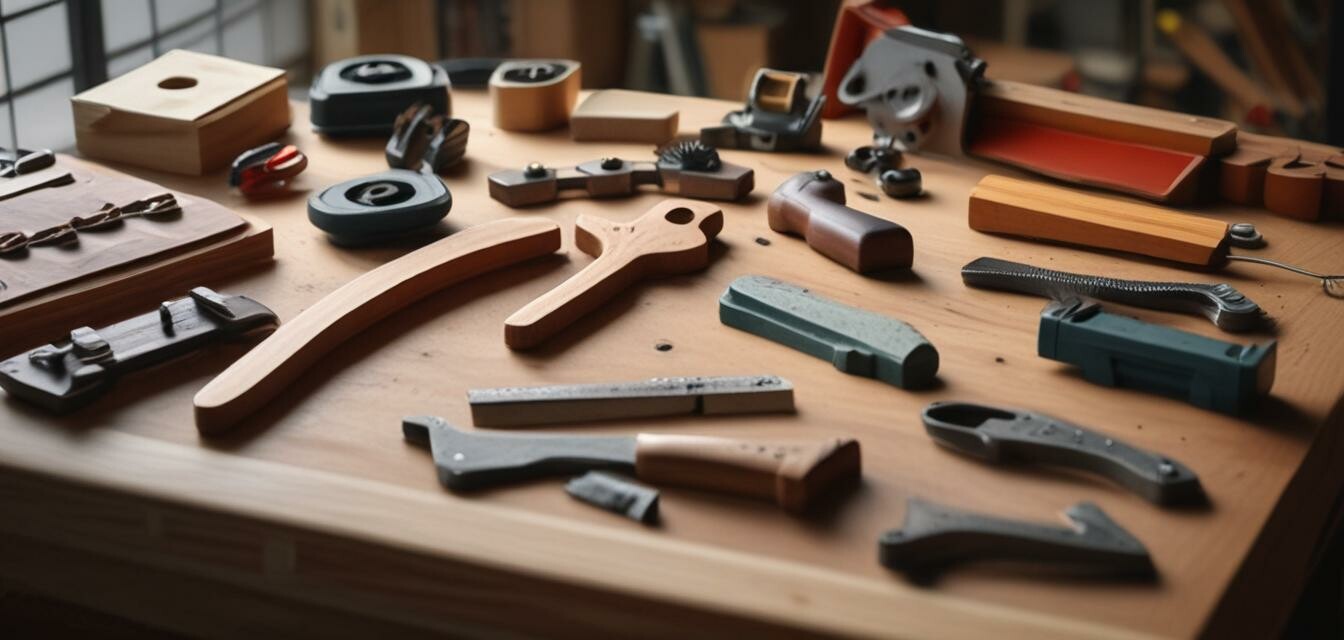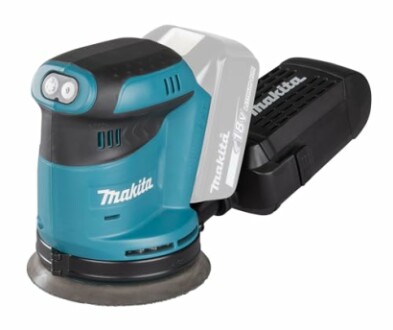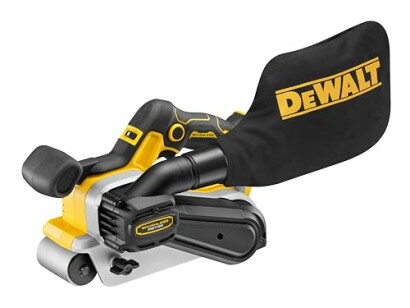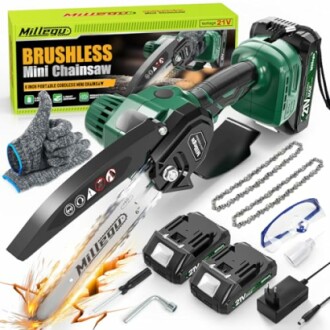
Beginner’s Guide to Using a Portable Sander
Key Takeaways
- Portable sanders are essential for achieving smooth finishes in woodworking projects.
- Understanding different types of sanders is crucial for choosing the right one for your job.
- Proper safety and technique can greatly enhance your sanding results.
Are you looking to achieve professional-quality finishes in your woodworking projects? A portable sander can be your best friend. This guide will walk you through the various types of portable sanders, how to use them effectively, and tips to enhance your sanding experience.
Types of Portable Sanders
There are several types of portable sanders available, each suited for different sanding tasks. Here are the most common types:
| Sander Type | Best For | Features |
|---|---|---|
| Orbital Sander | Finishing | Circular sanding pad, smooth finish, and easy to use. |
| Belt Sander | Heavy material removal | Continuous belt for fast sanding, powerful, and efficient. |
| Detail Sander | Tight spaces | Small, triangular pad, ideal for intricate work. |
How to Use a Portable Sander
Using a portable sander is straightforward, but following proper techniques is essential for safety and results:
1. Gather Your Materials
Before you start sanding, make sure you have the following:
- Portable sander of your choice
- Sanding pads or belts appropriate for your sander
- Safety goggles and a dust mask
- Wood pieces or the item you are sanding
2. Choose the Right Grit
The grit of the sandpaper affects the finish:
- Coarse grit (40-60) for heavy material removal.
- Medium grit (80-120) for smoothing surfaces.
- Fine grit (180-220) for finishing touches.
3. Prepare the Surface
Ensure the surface is clean and free from any debris before sanding.
4. Get Sanding
- Turn on your portable sander and let it reach full speed before making contact with the surface.
- Move steadily along the wood grain to avoid scratches.
- Keep the sander flat against the surface for even results.
- Apply even pressure, but avoid pushing too hard.
5. Clean Up
After sanding, clean the dust off the surface with a cloth or vacuum before finishing.
Safety Tips
Safety is a top priority when using any power tool. Here are some vital safety tips:
- Always wear safety goggles and a dust mask.
- Be mindful of your fingers and hands while operating the sander.
- Work in a well-ventilated area to minimize dust inhalation.
Recommended Products
To help you get started, here are some excellent portable sanders:
Makita DBO180Z 18V Li-Ion LXT Sander
This cordless sander offers three speed settings for versatility and is perfect for smooth finishes.
Learn MoreDEWALT DCW220 18v XR Cordless Belt Sander
A robust belt sander designed for heavy-duty tasks while providing precise finishes.
Learn MoreMillegu Mini Chainsaw
A lightweight chainsaw with a brushless motor for efficient wood cutting and tree pruning.
Learn MoreConclusion
Using a portable sander can dramatically improve the quality of your woodworking projects. By understanding your tools and following proper techniques, you'll achieve smooth finishes every time. Remember to prioritize safety and always prep your materials for the best results. Explore our other guides on how to use cordless drills and buying guides for sanders to further enhance your skills!
Tips for Beginners
- Practice on scrap wood before moving to your actual project.
- Experiment with different sandpaper grits to find what's best for your work.
- Consider using a vacuum attachment for your sander to minimize dust.



